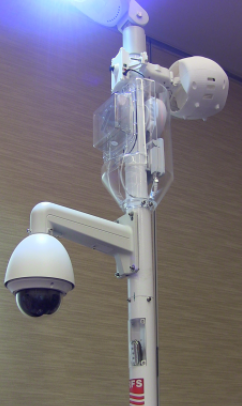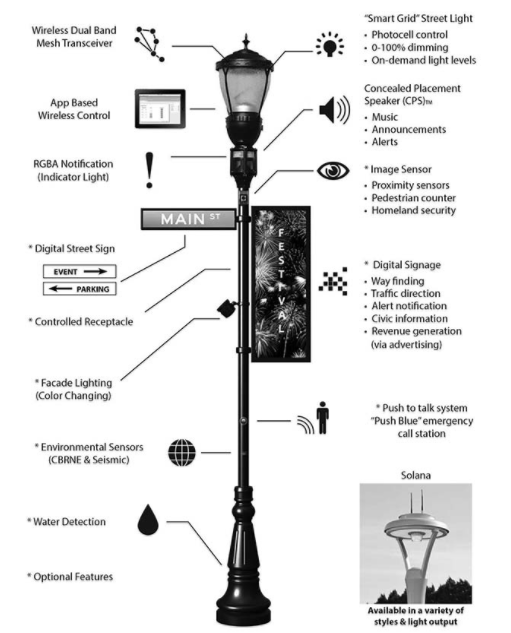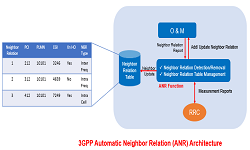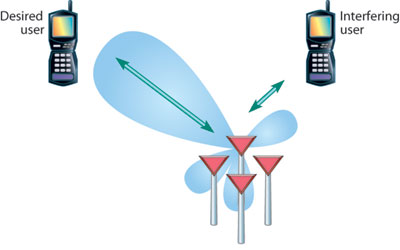Next Gen SON Enabled Smart Pole (Patent Pending)
With small cells, outdoor city Wi-Fi and Hyper dense network deployments operators are exploring and deploying much more than orthodox telecom towers. As being said: “unlike old days where users use to search and move closer to network now networks are moving closer to users”, to provide QoS and seamless experience. Operators are deploying small cells, Wi-Fi, LPWAN (Low power Wireless access networks) on new street furniture such as on Flyover pillars, Kiosk machines, electricity poles and smart poles.
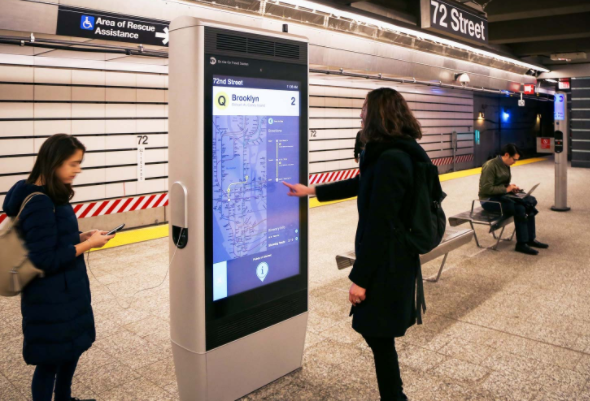
 Google’s Deployment in NYC using Intersection Kiosk’s Image Source: https://www.intersection.com/
Google’s Deployment in NYC using Intersection Kiosk’s Image Source: https://www.intersection.com/
What is a Smart Pole
A multifunctional pole designed with the host of technologies and utilities such as Access Network (Small cell, Wi-Fi), IOT (detectors, sensors, and communication), Green energy (Solar power, Efficient LED lights), Sensors, Advertisement, Citizen interactions etc.
Intelligent, multifunctional or smart light poles, which can help solve many urban problems due to their ability to incorporate software controls, electronics, and sensors that can receive and transmit data. They can improve parking and traffic management through real-time data, leading to a reduction in congestion and emissions. Intelligent poles can also monitor air quality, detect and notify officials about street flooding or be turned into charging stations for electric vehicles.
The smart poles have been designed from conception with modular multi-functional components. There is no limit to the potential features and functions that can be integrated into the intelligent light poles
Image Source: http://smart.rockhamptonregion.qld.gov.au/smart-street-lighting/
Smart Pole , Concerns and Next-GEN SON Enabled Smart Pole
Smart poles as a concept are not new but are getting extremely popular with Smart cities and Small cells. Penetration of smartphones and exponential growth of data consumption has pushed operators to deploy more sites to meet both coverage and capacity requirements. Interference and frequency reuse limitation stops operators to deploy more high-power macro sites and hence operators are moving towards low power solutions to cover hotspots.
Further Details information is available in Embedded White paper.
Please reach out us if you have inputs, suggestions or wish to collaborate to make this a reality.


